When I was a little girl, like many other children, I dreamed of having enough balloons to lift me up from the ground. The idea of floating freely in the air was magical, and with no access to fairy dust, balloons seemed like a great backup plan. Now, children are known to have curiosity equal to that of scientists and inventors, and it is only logical that someone more apt to put a similar plan into reality was bound to appear.
Wood and wool will lift you up
The inventors of hot air balloon travel had curious minds, however, they were far from scientific. The Joeseph and Stephen Montgolfier brothers are the ones credited with the invention. Joseph noticed that a light paper bag filled with smoke and ash of fire would lift it into the air. Lightbulb! Together they built an oblong-shaped bag of 40 cubic feet capacity and conducted an experiment. The bag filled with hot air climbed 75 feet high.
Admittedly, the brothers were unaware that hot air made the experiment work and attributed the success to the mixture of burnt wood and wool. Luckily for them, this little error did not matter, and they were able to build and fly bigger balloons each time. Just one year later, in 1783, they decided to send the first crew up to the skies. In a wicker basket, they placed a sheep, a rooster, and a duck, the nominations made by King Louis XVI himself. You will be happy to know – the flight was a success, and all passengers landed safely.
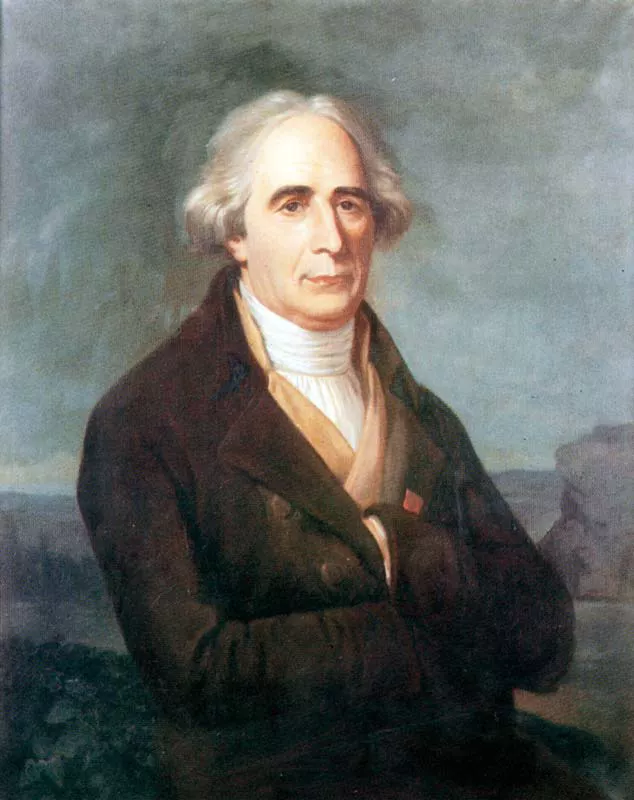
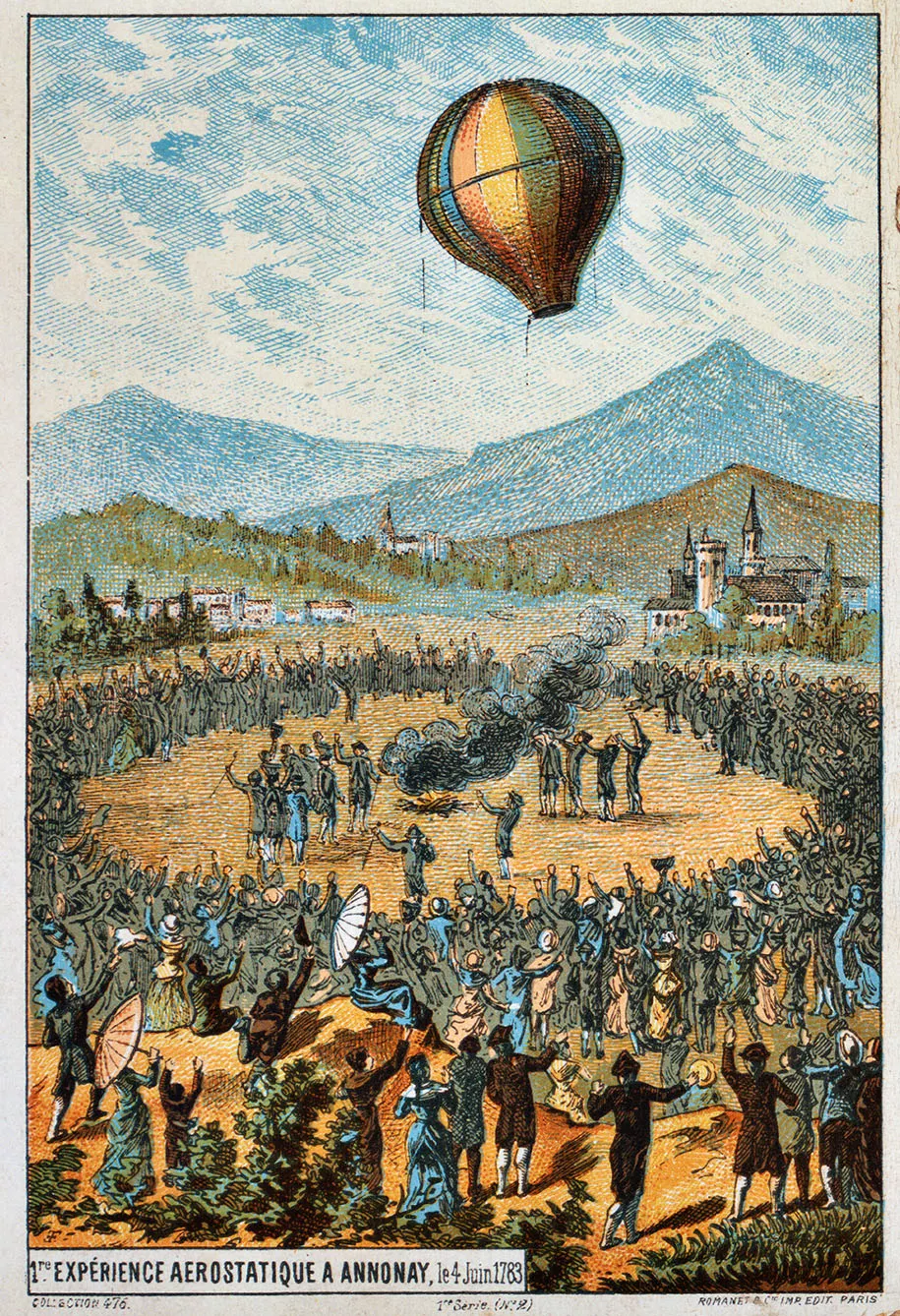
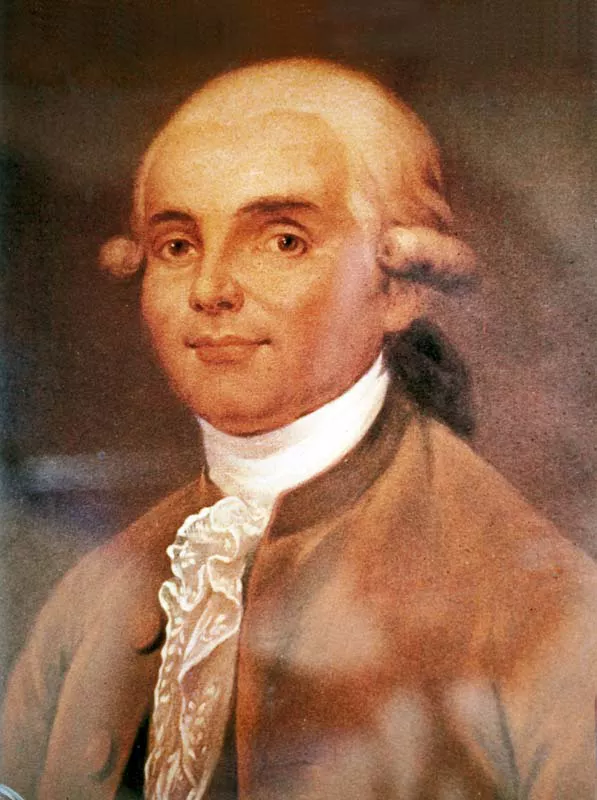
Encouraged, the brothers constructed a paper balloon fit to carry men. Two volunteers, the Marquis d’Arlandes and M. Pilatre de Rozier, ascended into the air on 21 November 1783. They flew at an altitude of approximately 3000 feet over Paris over a distance of 5 miles. And guess who watched them at their endeavor? Benjamin Franklin.
Hot air balloons’ mystery solved
This was a first documented flight of a hot air balloon. Further improvements changed paper for silk and introduced gas fuel. And there you have it – a paper bag, a duck, a rooster, a lamb, and hot air were elements leading to the invention of a hobby loved by Lithuanians. The country has the world’s highest percentage of hot air balloons per citizen. And they are really big on the big balloon rides.
The beautiful sights of the Lithuanian countryside from a basket dangling several hundred meters in the air are also inviting you to get hooked. If a flight itself is not enough, how about a meal in a hot-air balloon? And I bet if you came up with your own safe idea, Lithuanians would find a way to make it happen up in the air.
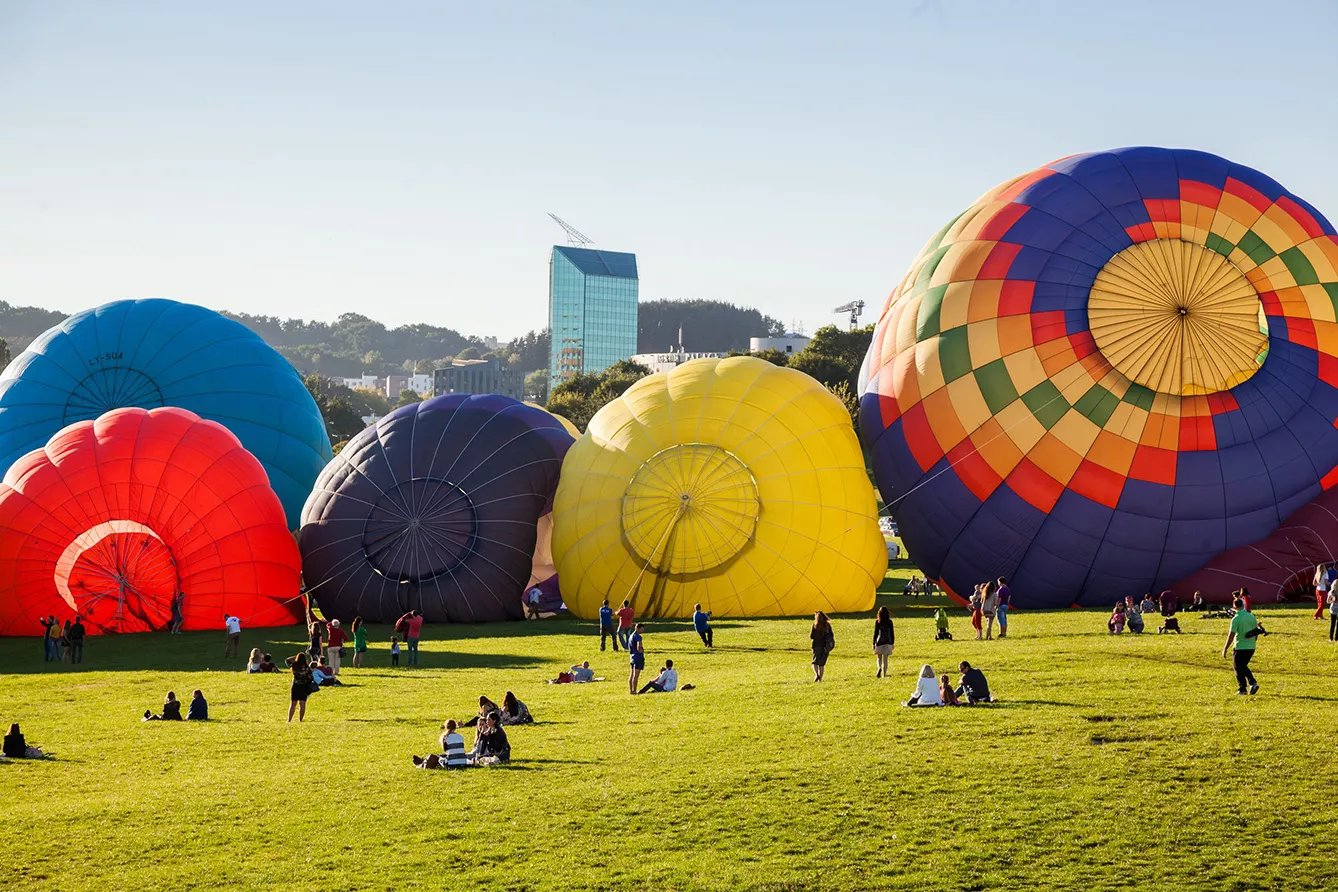
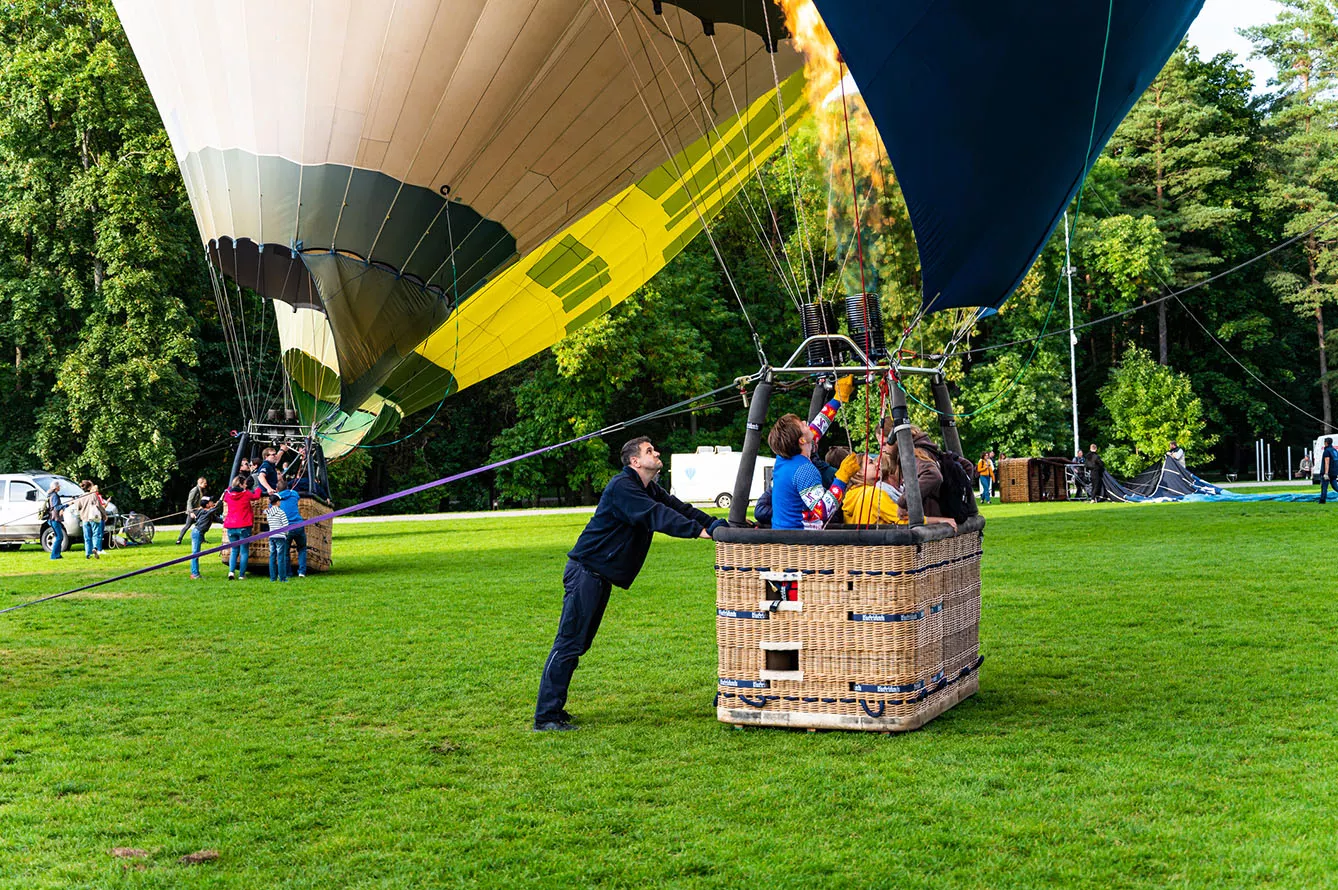
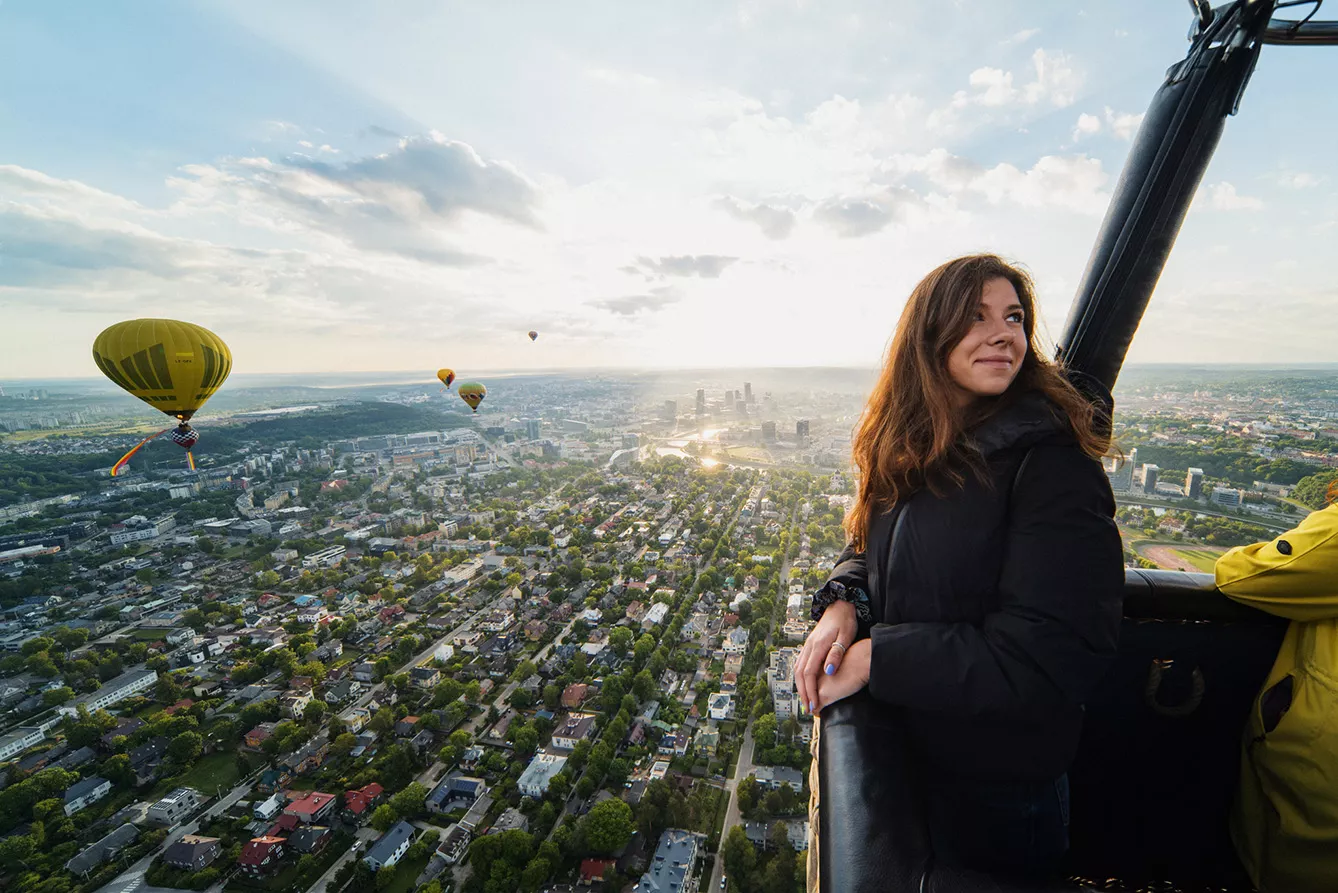
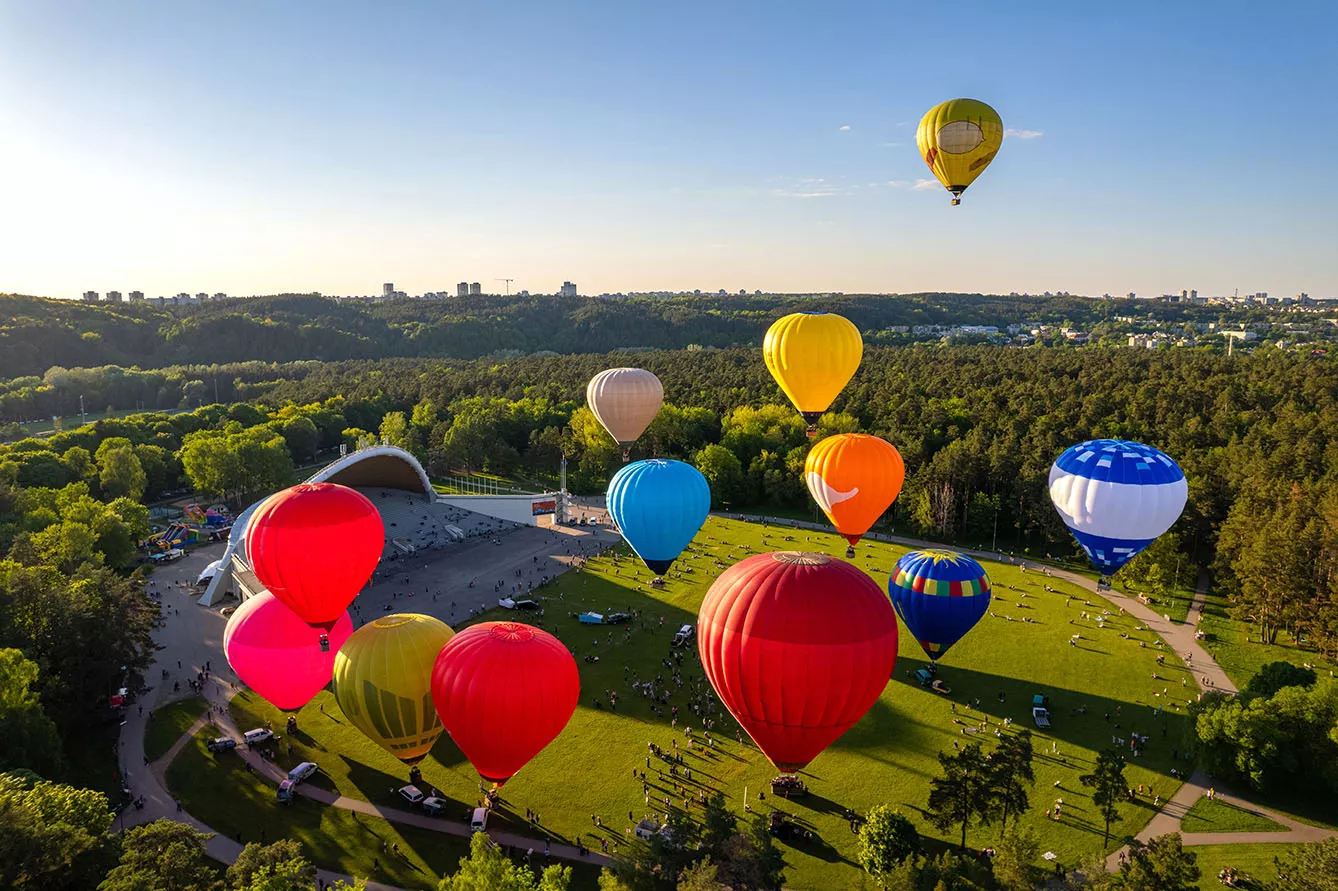
When I visited Vilnius, my eyes caught sight of beautiful balloons floating over Lithuania’s capital. Back then, I did not realize how important that activity was to the people of that country. And I sure did not know that Vilnius is one of the very few cities in the world and the only capital in Europe where hot air balloon rides can take off in the Old Town city center. Had I known, I would have taken a greater interest and perhaps tried it myself. Something to do next time I travel to my grandmother’s birthplace.
Rules make fun safe
Balloon rides are not left to cowboys. They are regulated in a similar way to aircraft flights. Licensed pilots get clearance for flight and altitude guidance from airports. The weather conditions have to be right. The weather cannot be too good either, as flights may be allowed to take off in urbanized areas but are not permitted to land there. The crew needs wind to carry their balloon away from the cities. If all conditions are met – you are good to go. Once up in the air, close your eyes (but just for a second, not to miss any spectacular views), stretch up your arms, and feel like your childhood dream finally came true.







